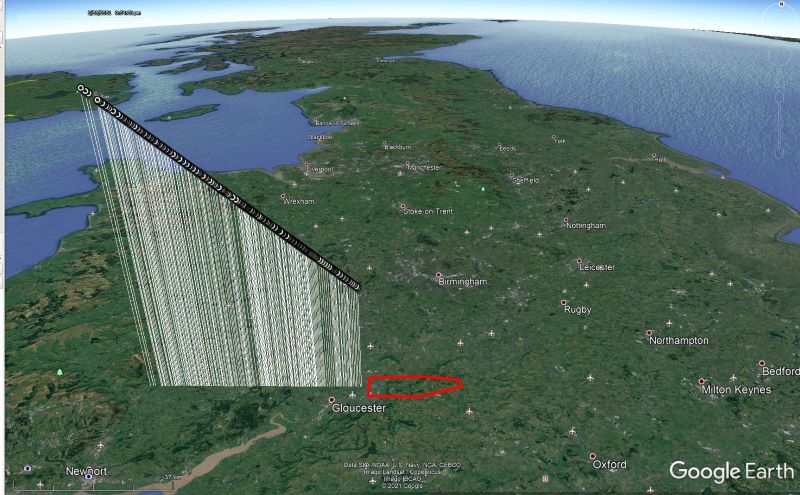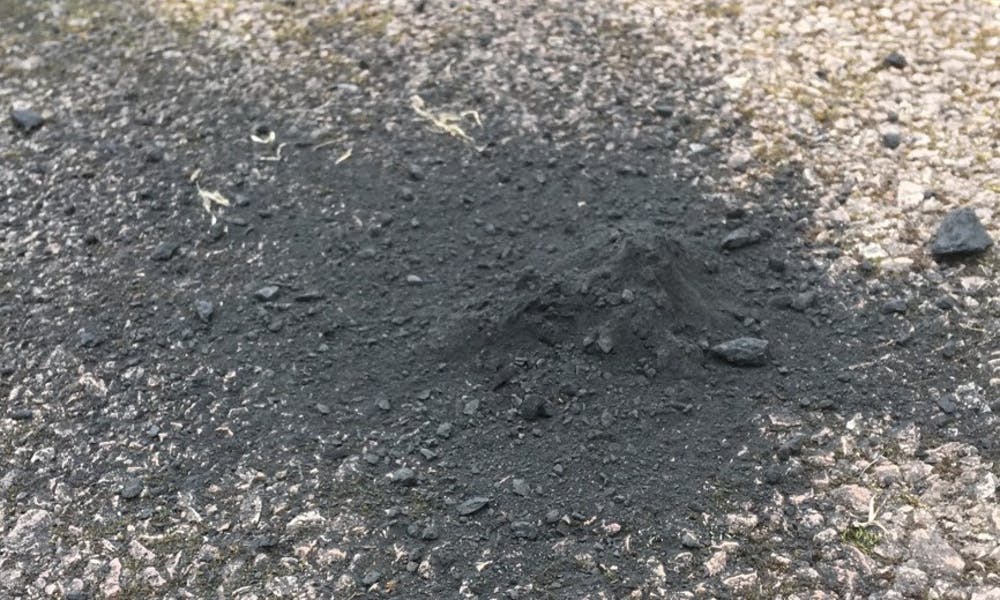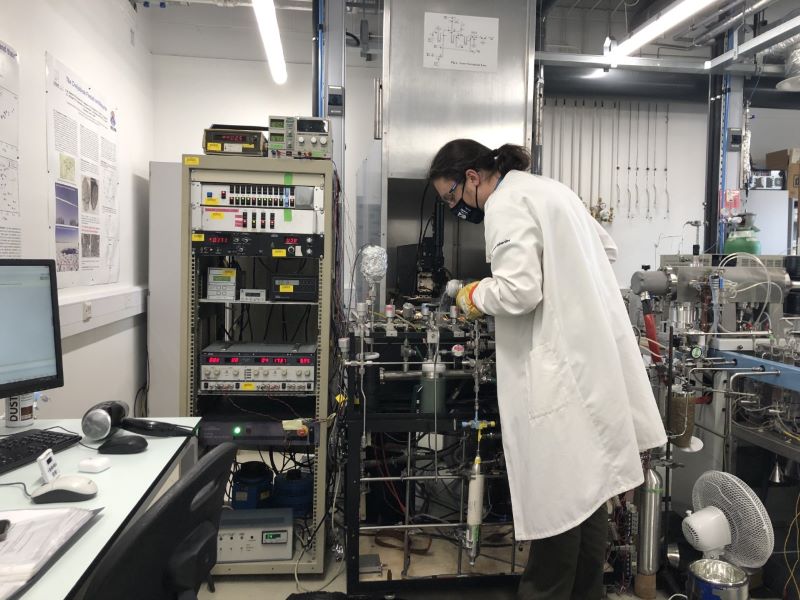On the evening of Sunday February 28th 2021, a bright fireball illuminated the skies over Wales and southern England, with sightings as far afield as the Netherlands and northern France. This spectacular event marked an important moment for UK space scientists because it heralded the arrival of a new meteorite in the UK, the first for 30 years.
The passage of the fireball was recorded by an array of dedicated cameras that were used to calculate the exact trajectory of the “meteoroid”, or incoming space rock, and make predictions about where the rock might have landed. Using this information, scientists working for the UK Fireball Alliance, together with colleagues in Australia and France, were able to define a well-constrained zone in which any surviving fragments from the fireball might be found. The region turned out to be close to Cheltenham in Gloucestershire, centred around the picturesque town of Winchcombe. An appeal went out to members of the public to look out for possible fragments from the fireball.
 Fireball trajectory of the fireball.
Fireball trajectory of the fireball.
Dr Richard Greenwood, a postdoctoral research fellow at The Open University, who has worked on meteorite samples for his entire career was, like many other space scientists, eager to hear from the public. Richard was the first scientist to arrive in the small town of Winchcombe in Gloucestershire soon after reports started coming in.
Richard: “On Wednesday 3rd March, I was tasked with visiting a number of the more promising candidates to see whether they really were pieces from the fireball. Earlier in the week Mr and Mrs Wilcock of Winchcombe had sent in a photo showing a pile of smashed up rocks on their driveway in the shape of a big “splat” mark, with rays of debris heading in all directions. It looked exactly like other images of small meteorite impact structures I had seen in the past, so I was hopeful that this was a genuine recovery.”
 The main mass of meteorite impact structures.
The main mass of meteorite impact structures.
Richard met with Mr and Mrs Wilcock and by using his years of sample analysis experience, was able to confirm that the rocky material was from the fireball and, in fact, represented a rare type of material never before recovered in the UK. Soon after Richard confirmed this, many other scientists from across the UK joined in the hunt for, and recovery of, further pieces of the ‘Winchcombe’ meteorite in the surrounding region.
Richard: “It is common for meteorites to disintegrate during flight and to be deposited over a relatively wide area, known as a “strewn field”. This was also the case for Winchcombe and we have now recovered fragments from a number of distinct locations. All of this material had been taken to the Natural History Museum in London, which contains the UK’s national meteorite collection.”
The composition of the Winchcombe meteorite has now been verified at The Open University using a technique that analyses the abundance of different isotopes of oxygen within rock fragments. It works a bit like ‘Solar System fingerprinting’ to help inform scientists about where meteorites originated in space. These analyses have shown that the Winchcombe rocks are a member of an important group of meteorites known as carbonaceous chondrites. These are very primitive materials and very old, containing objects known as calcium aluminium-rich inclusions that are used to date the formation of the Solar System at 4,567 million years. The Winchcombe meteorite is packed full of organic material, which is partly what gives it its distinctive dark colour, and it probably also contains amino acids that, perhaps surprisingly, are commonly found in this type of meteorite.
 Ross Findlay analysing a sample in a lab at The Open University.
Ross Findlay analysing a sample in a lab at The Open University.
The Winchcombe meteorite will be curated in very clean conditions and be made available for international scientific study but The Open University scientists are already hard at work.
Richard: “The analysis campaign at The Open University is now in full swing. In addition to oxygen isotope analysis, we will also be measuring the carbon and nitrogen isotopic composition of these very important extraterrestrial samples. The arrival of the Winchcombe meteorite is a big bonus for UK science. Samples from the asteroid Ryugu have just been returned to Earth by the Japanese Space Agency JAXA and the NASA mission OSIRIS-REx will be returning samples from asteroid Bennu in 2023. Asteroids Ryugu and Bennu have very similar compositions to Winchcombe. The fact that UK scientists are able to work on similar materials provided by the Winchcombe meteorite means that they will be in a strong position to request precious returned asteroidal materials when these become available to the international scientific community.”


Rate and Review
Rate this article
Review this article
Log into OpenLearn to leave reviews and join in the conversation.
Article reviews